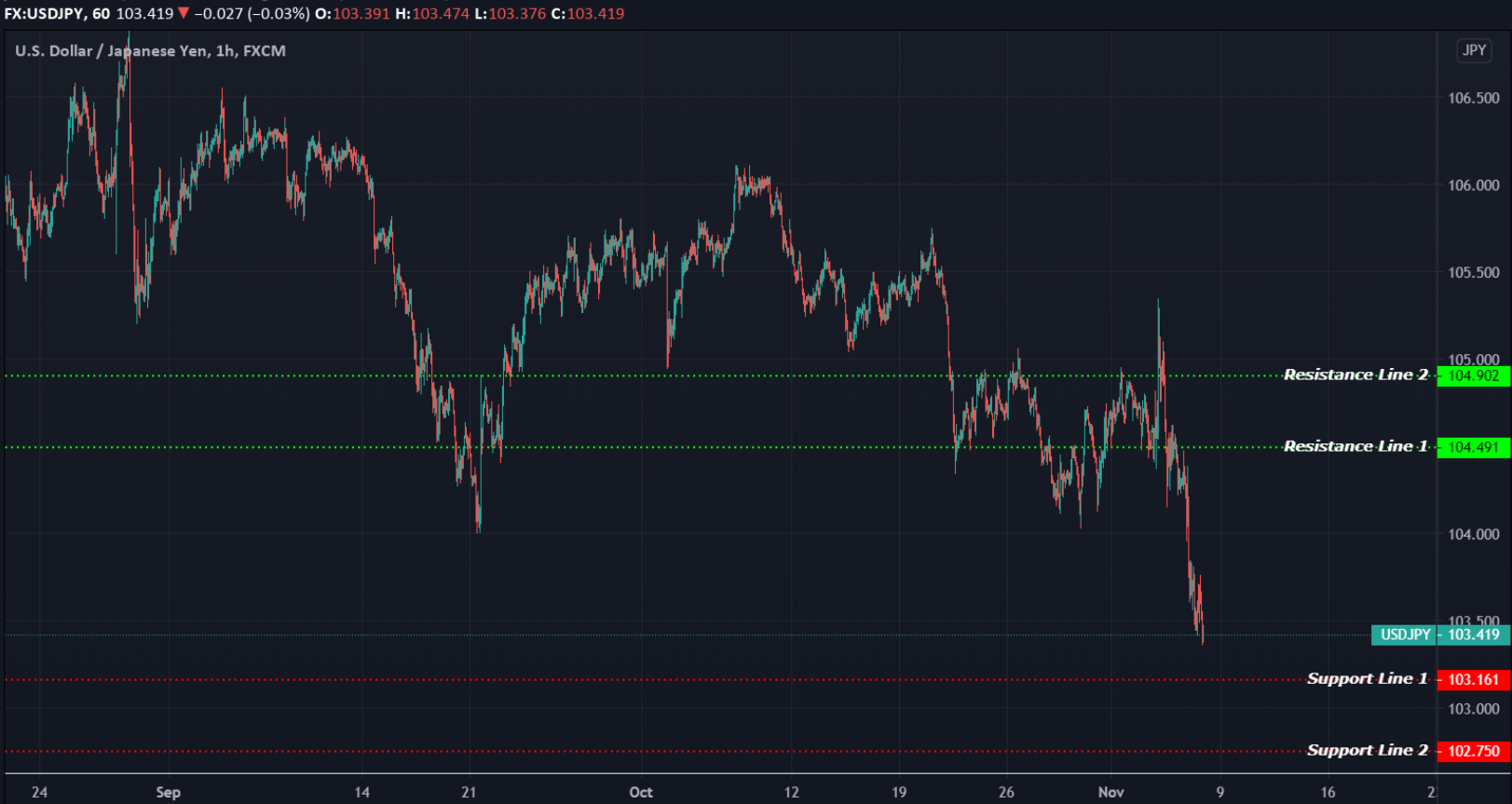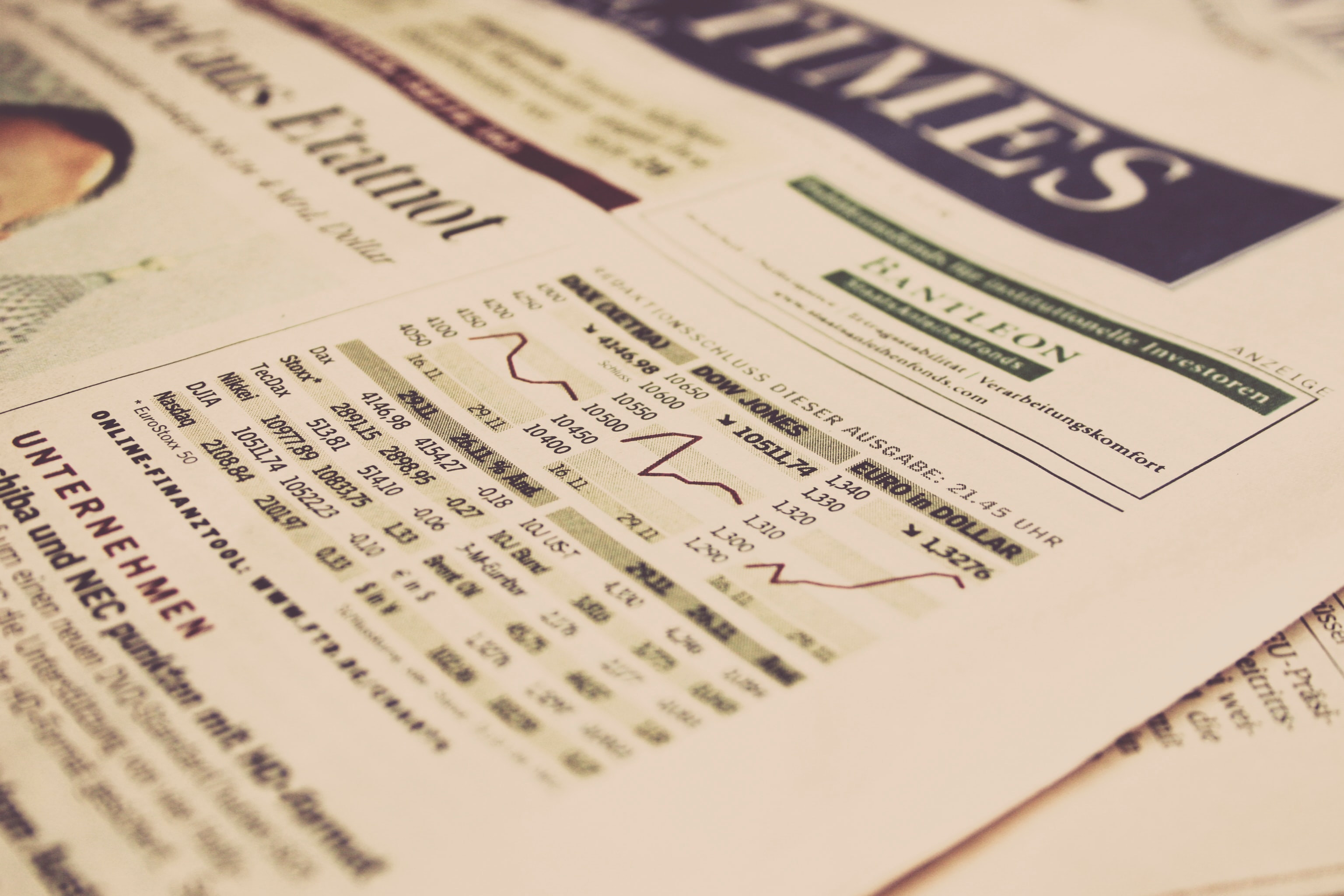EQUITIES
Asia-Pacific markets were mixed in Thursday trade. In Japan, the Nikkei 225 led gains among the region’s major markets as it advanced 0.92%. Australia’s S&P/ASX 200 rose 0.71%, and over in South Korea, the KOSPI gained 0.09%. Meanwhile, mainland Chinese stock, the Shanghai composite down -0.71% lower, Hong Kong’s Hang Seng index dipped -0.18%, and Singapore’s Straits Times index declined -0.60%.
Overnight on Wall Street, The S&P 500 and Nasdaq rose around 2% and headed for best week. The Dow Jones closed 542.52 points higher at 28,390.18.
OIL
Oil prices fell almost 2% after a bout of profit-taking in early trade. Currently, Brent crude futures traded to $40.02 a barrel, while U.S. crude at $37.84.
On Thursday, Brent closed at $40.93 per barrel, while WTI futures ended at $38.79 per barrel.
CURRENCIES
Latest monetary policy released by the Fed weighed on the dollar. The mood took the dollar to 92.62 against a basket of six currencies after hitting a 2-week low overnight.
The Australian dollar changed hands at $0.7266, after RBA released its monetary policy statement. The declines in the Aussie also dragged the New Zealand dollar lower.
The Chinese yuan gained to a more than 2-year high of 6.5994. The currency had been slammed by Sino-U.S. disputes since the outbreak of the bilateral trade war in 2018.
GOLD
Gold advanced to a 2-week high as dollar ceded it gains. Spot gold currently trading at $1,938.30 per ounce, while stands around $1,941.00 per ounce for gold futures. Previously closed at $1,949.60 and $1,946.80, respectively.
Silver trading at $25.18, platinum trading at $889.00 and palladium trading at $2,268.00.
ECONOMIC OUTLOOK
Asian shares mixed on Friday after an overnight rallied to a near three-year peak as investors continue to wait for a result from the U.S. election, with the expectation of new President. Investors bought into technology and health-care firms on bets the U.S. election results mean no major tax hikes or regulatory changes that could derail those sectors.
U.S. Fed kept interest rates unchanged near zero, noting in its post-meeting statement that economic activity remains “well below” levels prior to the pandemic, while stressing that the U.S. economy needs more fiscal and monetary policy support.
The RBA released its monetary policy statement and said the pandemic will have “long-lasting effects” on the economy, and GDP will “unlikely” return to its pre-pandemic level till the end of 2021.
To date, number of confirmed worldwide cases for COVID-19 pandemic has surpassed 48.6 million affecting 213 countries and territories around the world and 2 international conveyances, recording more than 1.232 million fatality globally.
TECHNICAL OUTLOOK
[USDJPY]
Important Levels to Watch for Today:
- Resistance line of 104.491 and 104.902.
- Support line of 103.161 and 102.750.
Commentary/ Reason:
- The dollar spiked towards the 105.29 price level on Thursday, before fell to 7-month low of 103.35 against the Japanese yen on the day. The pair is closely watched, holding in Asian trade at 103.41.
- The USD/JPY fluctuated on political uncertainty, yet the pair remains mid-range as sellers returned to contain price action.
- The fall of dollar is as the likelihood of a Democratic blue wave in the White House and Congress slowly vanished, snuffing any large U.S. stimulus package.
- Political uncertainty in the U.S also is boosting safe-haven demand for the yen as President Trump said he would fight the results of the presidential election in court.
- Comments on Thursday from BoJ Governor Kuroda were also supportive for the yen when he said the BoJ is not considering changes to its purchases of ETFs now, a sign that the BOJ is not going to expand QE.
- Thursday's Japanese economic data was also positive for the yen after the Japan Oct Jibun Bank services PMI was revised upward to a 9-month high of 47.7 from the previously reported 46.6.















